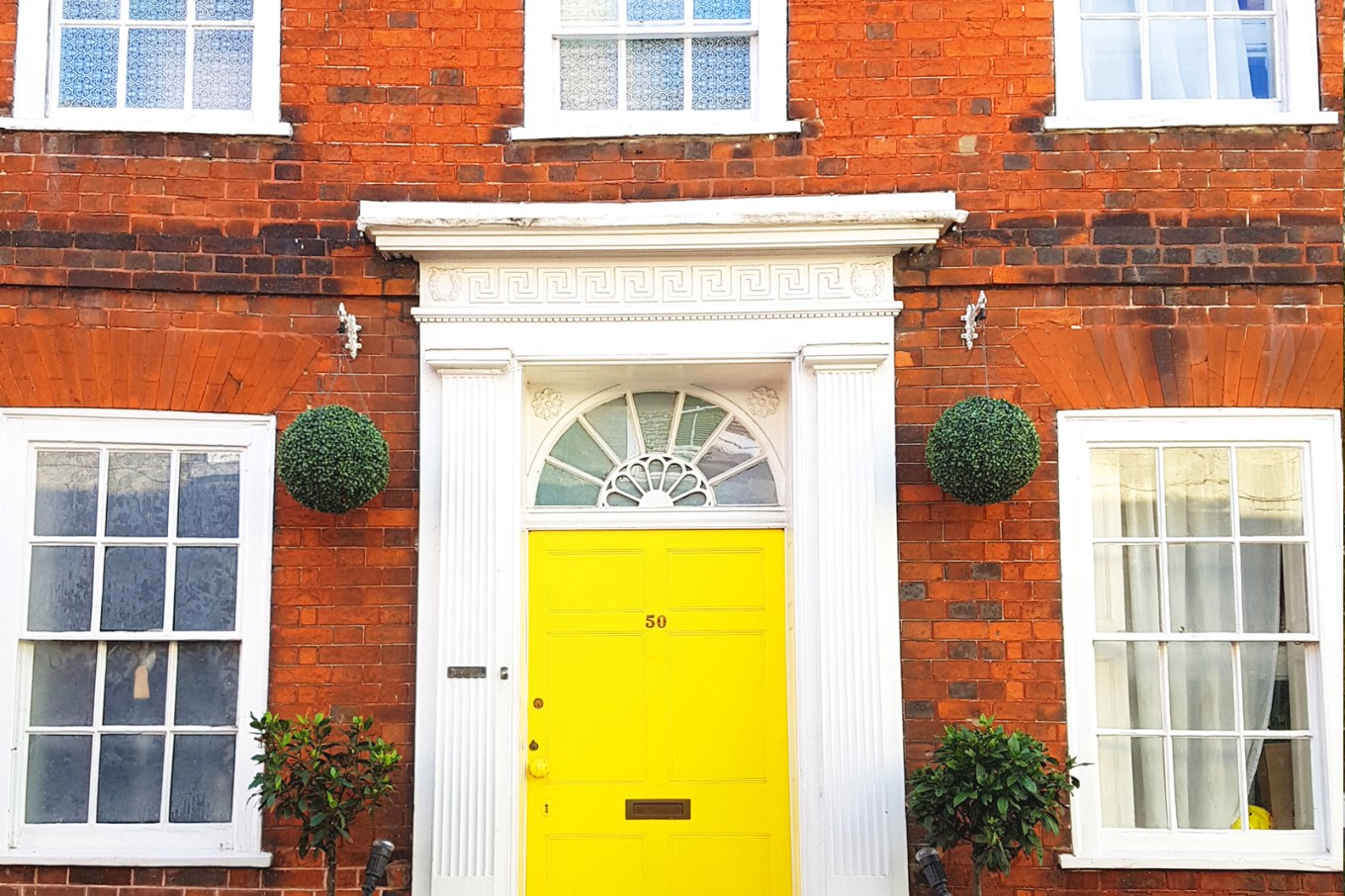With the high cost of replacement windows and doors, it’s wise to know exactly what you’re getting for your money.
Here’s what all those scientific terms and numbers about energy savings mean:
The 2 Most Important Window and Door Labels
The two labels you should look for:
- The white National Fenestration Rating Council label. Nonprofit NFRC is the industry-recognized certifying body for windows and doors.
- The Energy Star label, which means the appliance has met strict energy efficiency criteria set by the U.S. government, in addition to the NFRC ratings.
What the NFRC Label Terms Mean
The NFRC label typically lists five measurements. The other three are somewhat less important to energy performance, according to Energy Star, but can help you judge how well a window or door will perform in a particular application — for example, whether it’ll let in enough light.
1. U-Factor
Range: 0.20 to 1.20
The lower the number, the better an insulator the window or door is.
Efficient Windows Collaborative climate recommendations:
- Northern: 0.35 or less
- North Central or South Central: 0.4 or less
- Southern: 0.60 or less
2. Solar Heat Gain Coefficient (SHGC)
Range: 0 to 1
The lower the number, the less solar radiation—and heat—the window or door allows inside.
EWC climate recommendations:
- Northern: The highest you can find (paired with a low U-factor) if cooling isn’t a significant concern; up to 0.55 if cooling is a significant concern.
- North Central: 0.4 or less for climates with significant air conditioning; up to 0.55 for climates with moderate air conditioning.
- South Central or Southern: 0.4 or less.
SHGC refers to the solar radiation a window or door allows inside. Seek the lowest possible SHGC rating in warm climates to minimize the use of air conditioning. Look for a slightly higher number in cooler climates so that the sun can help heat your home in winter, but be sure to balance SHGC with an efficient U-factor for your area.
3. Visible Transmittance
Range: 0 to 1
Lower number means the room will be dimmer; a higher number means the room will be brighter.
This number applies to windows or doors with windows only. Visible transmittance is the amount of light a window allows to pass through. With older window glazing techniques, VT and solar heat gain were basically the same; the brighter a room, the hotter it got. But new technologies allow windows to let in lots of light while the room stays cool.
Consult VT numbers if you’re looking to reduce glare in a room or fill it with natural light, but be warned that a very low VT may mean you have to use artificial lighting even during the day.
4. Air Leakage
Range: N/A, but .0.3 is standard building code
The lower the number, the more airtight the window or door.
This number, expressed in cubic feet per minute per square foot of window/door area, represents the amount of air that the window or door’s frame allows to pass through. Energy Star standards don’t consider air leakage because it’s difficult to measure accurately and can change over time as frame materials expand, contract, or warp in place, according to the EWC. Still, this measurement can help you compare similar products, especially if they’ll be buffeted by the elements.
5. Condensation Resistance
Range: 1 to 100
The lower the number, the more condensation the window or door allows to build up.
Condensation resistance is a measure of how much moisture a window or door allows to build up on the surface (which can drip onto wood and cause mold or discoloration) or between glazing layers (which can’t be clean and blocks your view). Energy Star-rated windows tend to resist condensation well, so this number won’t likely affect your purchase decision.
Related:
